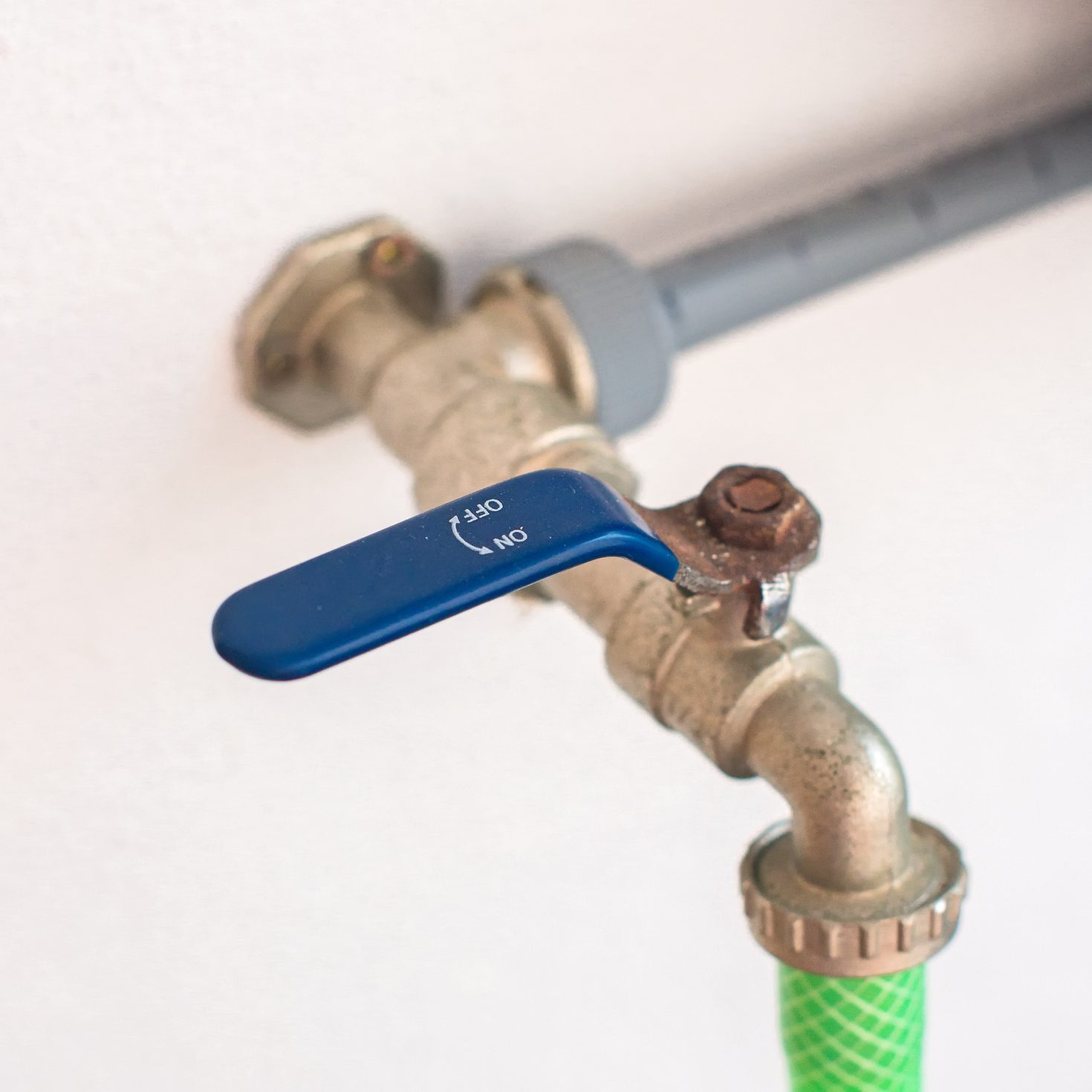Where's that water shutoff valve when you need it? Avoid flooding disasters and make repairs easier by putting it where you can better use it.

What To Know About Rerouting a Water Shutoff Valve

The prerequisite to common household plumbing repairs like fixing a leaking faucet, replacing outdoor spigots or installing sprinkler systems is shutting off the water. If your shutoff valve is barely accessible — or worse, you don’t know where it is — you’ve got a problem. Any plumber who has to squirm through a 24-inch crawl space to find it won’t be happy and may even tack on an extra charge.
Rhonda, a friend who lives in San Rafael, California, never thought about her shutoff valve until she had to replace the leaking angle stop on her toilet. Unable to find the main valve, she assumed she didn’t have one and had to turn the water off at the street.
Not only did she need to purchase a special tool to do that, the street valve was stuck. She ended up calling the city water department and waiting five days for the workers to arrive. By then, her bathroom had flooded so much it required a new floor covering.
Rerouting your home’s main water shutoff is not complicated. It doesn’t even call for removing the old valve, which you can simply leave open and forget about. The old valve provides a way to shut off the water to allow you to install the new one.
On This Page
What Is a Water Shutoff Valve?
A water shutoff valve stops water flow. Some houses have more than one, each controlling a section of the plumbing system, such as a single bathroom or the kitchen. Faucets and toilets each have their own. The plumbing code requires a main one to stop water to the entire house, including outdoor spigots and sprinklers.
The main shutoff is usually a 3/4-inch gate or ball valve installed on the main cold water pipe. Gate valves look like outdoor spigots with spoked handles that must be turned several times to stop the water. Ball valves feature levers that rotate only through 90 degrees. The handles are sometimes red or blue. If you have an old one, it may not be painted, which makes it more difficult to find.
In homes with more than one shutoff valve, the main one probably looks like the branch valves. Its most distinguishing characteristic is its placement, always near the point where the 3/4-inch main water line enters the house. The main water line usually comes from underground.
If the house has no basement, the main valve is often just above ground level in the crawl space. That’s usually because it was convenient for the plumbers roughing in the water pipes.
Reasons To Reroute a Water Shutoff Valve
The main reason for rerouting your main water shutoff is to improve access. There are a few important reasons for doing this:
- Rerouting the valve from outdoors or the crawl space to the laundry room makes it easier to access. An accessible shutoff valve is easier to find and operate. That way you can undertake minor plumbing tasks like fixing leaks yourself to save on plumbing fees.
- In the event of a major leak or a natural disaster, you can prevent costly water damage to your house by quickly and easily shutting off the water.
- When you go on vacation in the winter, you can turn off the water and drain your system to prevent your pipes from freezing and bursting while you’re away.
Direct Installation or Bypass Loop
You can often install a new shutoff valve without installing new plumbing pipes. If the main water line comes through the floor and the shutoff is under the floor, just cut into the pipe above the floor and install a new valve.
If your water meter and shutoff valve are buried in a covered box in the yard, simply find where the pipe enters the house and follow it to the water heater. A point just before the main line branches into hot and cold (usually just before the water heater) is generally a great place for the main shutoff.
When the plumbing configuration doesn’t allow for accessible placement of the shutoff valve, you may opt to install a bypass loop you or a plumber can construct with plumbing pipe.
Cutting out a section of the main supply line and replacing it with a pipe loop puts the valve in an easy-to-reach place, such as the laundry room or behind a panel in the bathroom. Instead of flowing through the section of pipe you remove, water flows through the loop. And the valve, usually at the top of the loop, can stop it.
You can install a bypass loop with copper or CPVC, but it’s easiest with PEX pipe. After soldering or gluing appropriate adapters to the existing pipe, you basically snap on flexible PEX tubing and run it under floors or behind walls to the place where you need the valve. As long as the diameter of the PEX pipe matches the exiting pipe, water pressure should be unaffected.




















